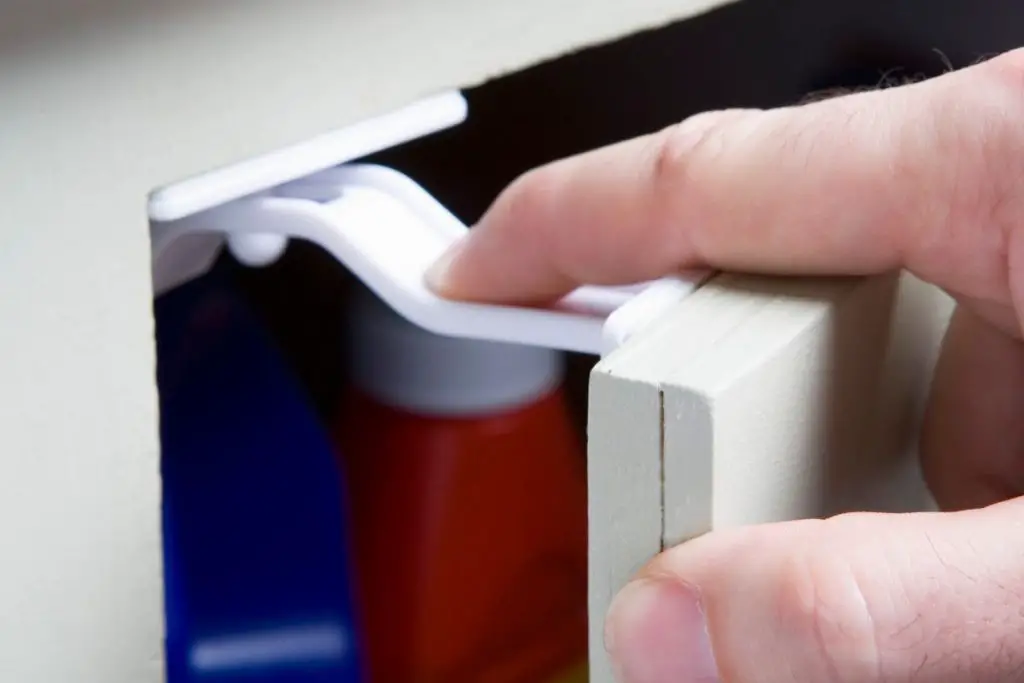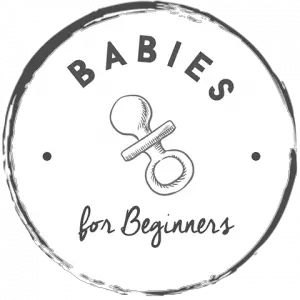The sooner you begin babyproofing your home, the better, as your child may become mobile almost overnight, and you’ll be caught unprepared.
Here’s a quick checklist of the more common household hazards and how to remove them from your infant’s path.
Disclosure: This site is a participant in the Amazon Services LLC Associates Program, an affiliate advertising program designed to provide a means for sites to earn advertising fees by linking to Amazon.com. We are compensated for referring traffic and business to Amazon and other companies linked to on this site.
1. Bathtub Babyproofing
The bathtub is a very dangerous place for a newly exploring little one, so when baby starts to ramp up their mobility and exploring, it’s crucial to:
- Never leave your baby unattended in the tub, even for a minute, as a child under 3 years old can drown in as little as an inch of water.
- To prevent scalding, set your water heater at 120° F. or lower, and never position your baby within reach of the faucet.
- Cover the faucet head with a specially made soft cover (like this inexpensive Infantino one on Amazon) so that it doesn’t scratch or cut your baby if they bump into it.
- Lay down nonskid strips to help prevent your child from slipping (you can get cute and inexpensive ones on Amazon as well).
2. Cabinets
Especially in the kitchen and bathroom, babies can create havoc and get into danger by exploring cabinets, here’s what to do:

- Put all potentially poisonous substances and sharp objects in locked cabinets.
- For the rest of your cabinets, invest in childproof safety latches (Amazon Link), no matter what they contain, if you don’t want the contents all over the floor.
3. Cribs
As soon as your baby starts trying to pull themself up in the crib, you’ll need to:
- Move the crib mattress to its lowest position.
- Remove all objects (including mobiles, crib toys, and bumper pads) that your baby could climb up on to get out of the crib.
4. Drapery and Blind Cords
Long drapery and blind cords pose a strangulation hazard since babies can become entangled in them.
- Tie any blind cords up and out of your baby’s reach.
- Block off any floor-length drapes so your baby can’t reach them.
5. Electrical Cords and Outlets
While most plugs and outlets installed today are safer than those of yesteryear, you don’t want to take risks when your baby is involved. Make sure to:
- Infants can chew on cords and wires or pull on them, bringing down lamps or other heavy objects on their heads. Move all cords well out of your child’s reach.

- Unless outlets are behind heavy furniture or up high and inaccessible to your little one, close them off with safety plugs (Amazon Link) or with safety covers that snap shut when the outlet is not in use.
6. Entertaining
After a party or other get-together, cleaning up anything within the baby’s reach is key. First, make sure to:
- Immediately empty ashtrays and glasses as leftover cigarettes and alcoholic beverages can be toxic.
- Pick up any dishes in your baby’s reach so they don’t get broken and create another danger.
7. Flooring
As anyone with a newly walking little can tell you, tripping can happen on anything. To keep the bumps and bruises to a minimum, check your floors and:
- Make sure area rugs are secured with nonskid backing
- Repair loose tiles, linoleum, and carpeting
8. Furniture
Wall units, dressers, bookcases, or tables that are unstable can topple over when a child tries to climb up on them. Make sure to:
- Have wobbly furniture repaired, or bolt questionable pieces to the wall.
- Cover sharp corners with safety bumper cushions (Amazon Link).
- Always keep drawers closed so your baby can’t reach up and pull them out on top of herself.
Next Steps
Once all the items listed on the above checklist are done, you’ll still want to take another look around your home for dangers.
The trick to solid babyproofing is to understand that your infant does not see things the same way you do, they’re operating on an entirely different level: floor level.
To really take stock of your home’s dangers, then, you’ve got to get down and take a crawling tour.

